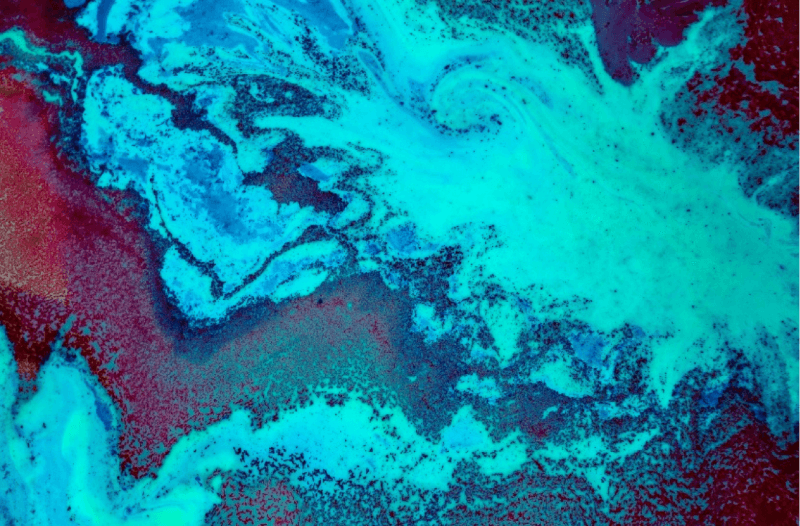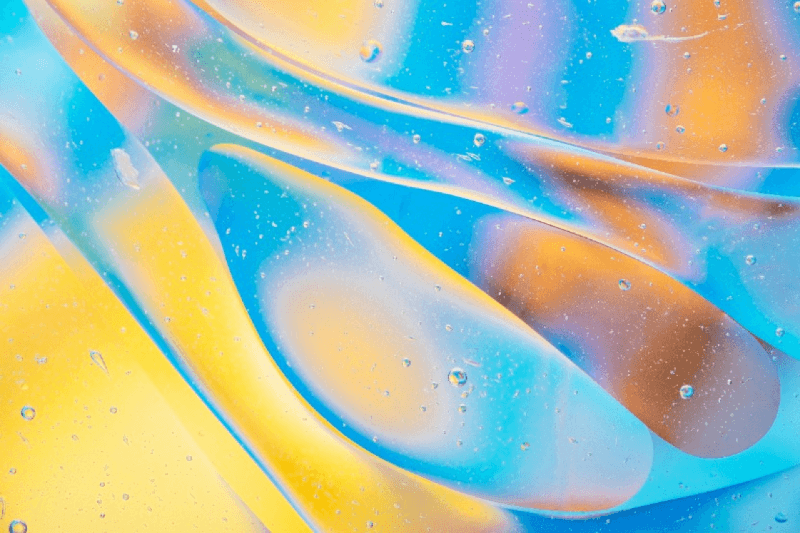Exploiting correlative magnetic-resonance-fluorescence imaging approaches to investigate the neurovascular network and the biodistribution of nanotherapeutics in the brain
The correlative magnetic-resonance-fluorescence imaging approach provides a cutting-edge platform for investigating the neurovascular network and tracking the biodistribution of nanotherapeutics in the brain. Dr. Marco Peviani employs this innovative technique, enabling detailed visualization of vascular structures and nanoparticle localization. This method advances our understanding of brain delivery mechanisms and supports the development of novel nanotherapeutic strategies for neurological diseases.
This video is licensed under a Creative Commons Attribution-NonCommercial-NoDerivatives (CC BY-NC-ND) license. You are free to share it for non-commercial purposes with proper attribution, but no modifications or adaptations are allowed.
1. Why use this method?
This protocol integrates Magnetic Resonance Imaging (MRI) with advanced tissue visualization techniques—vessel painting and tissue clearing—to explore glioblastoma (GBM) and its impact on the neurovascular network. These methods:
- Facilitate the visualization of brain tumor interactions with the vasculature.
- Provide correlative data from both macroscopic (MRI) and microscopic (cleared tissue) scales.
- Enable enhanced understanding of glioblastoma progression, therapeutic responses, and underlying pathology.
2. What you’ll need
- For MRI
- High-resolution MRI scanner.
- Dedicated animal cradle for imaging alignment.
- For Vessel Painting
- Fluorescent vessel-painting dye (e.g., DiI for lipid membrane labeling). Carbocyanine dyes
- Perfusion pump and tubing.
- Saline, PBS and paraformaldehyde (PFA) solutions.
- For Tissue Clearing
- Clearing reagents w/o detergents (e.g., SeeDB or FRUIT solutions).
- Imaging setup for cleared tissues (e.g., light-sheet or confocal microscope).
- General Equipment
- Anesthesia system for rodents.
- Surgical tools (e.g., trephine, micromanipulator).
- Data analysis software for MRI (e.g., ITK-SNAP, FSL, MATLAB, ImageJ) and 3D imaging (e.g., ImageJ, Vaa3D, Imaris).
3. Step-by-step instructions
Step 1: Preclinical Glioblastoma Model
- Use a rodent glioblastoma model (e.g., syngeneic implantation of tumor cells U87 cell line or patient-derived injection in striatum).
- Allow tumor development for a predetermined duration (e.g., 3-4 weeks post-implantation).
Step 2: MRI Scanning
- Anesthetize the animal and secure it in the MRI cradle.
- Perform high-resolution structural scans to assess:
- Tumor size and location.
- Surrounding neurovascular features.
- Export imaging data for further analysis.
Step 3: Vessel Painting
- After MRI, deeply anesthetize the animal and perform transcardial perfusion and vessel painting:
- Flush with PBS to remove blood.
- Perfuse with vessel painting dye (e.g. DiI).
- Perfuse with PBS to remove the unbound painting dye from the vessels.
- Perfuse with 4% PFA to fix the tissue.
- Post-perfusion, extract the brain and rinse it with PBS.
Step 4: Tissue Clearing
- Prepare an agar block containing your brain, with orientation corresponding to the one observed during MRI.
- Slice the brain in coronal slices with the same thickness as the one used for MRI.
- Identify the slice(s) that should undergo tissue-clearing.
- Submerge the fixed brain slices in tissue-clearing reagents (e.g. FRUIT100 for 24h at 37C).
- Confirm tissue transparency and prepare for imaging.
Step 5: Imaging Cleared Tissue
- Use light-sheet microscopy or confocal microscopy to image the cleared brain.
- Capture detailed vascular structures and tumor interactions.
- Correlate findings with MRI data.
Data Management and Analysis
- Use MRI software (e.g., ITK-SNAP) to analyze tumor size, volume, and vascular changes.
- Process vessel painting images using 3D reconstruction tools (e.g., Vaa3D or ImageJ). Vascular network analysis-Fiji: Split channel-Vaa3d: Resample z Fiji: adjust/y-axis flip Vaa3D: Visualize+ MOST- Fiji: SNT
- Perform co-registration of MRI and tissue-clearing datasets to achieve multi-scale insights.
References
- Peviani et al., Sci Rep. 2020 Oct 21;10(1):17974. doi: 10.1038/s41598-020-75137-y. PMID: 33087842
- Molina Estevez et al., J Vis Exp. 2019 Nov 19;(153). doi: 10.3791/60335. PMID: 31814622
4. Practical tips
- Ensure precise alignment of the animal during MRI to avoid motion artifacts.
- Use consistent dye concentrations and perfusion rates for reproducibility.
- Validate the clearing process by testing small tissue sections before proceeding with the actual experiment.
Approaches to study vascular network
Vessel painting
Infusion of carbocyanine dyes
Advantage of Dil C12: Better solubility, Low risk of precipitation during infusion
PROs
- Easy staining of the vascular network
- Cheaper than antibodies infusion
- Allows to work with whole mount preparations as well as 2D preparations
CONs
- You only stain what can be reached by the perfusion
- Not compatible with procedures which involve the use of detergents
Immunohistochemistry (IHC)
Staining with antibodies specific for vascular antigens nanoparticles internalization
PROs
- High specificity
- Easy to perform on tissue slices
- You can combine vessel staining with other markers
- It is hard to investigate the vascular network in 3D
CONs
- Hard to perform on whole mount preparations
- It is hard to investigate the vascular network in 3D
- Limited info on the vascular network
Approaches to study vascular network nanoparticles internalization
Immunohistochemistry:
PROS
- Allows investigation of anatomical distribution
- Allows quantification
- Allows multiple staining to characterize different cell types
CONs
- Time-consuming. You need to analyze multiple tissue slices
- Difficult to characterize very rare events or populations HD raining
Multiparametric flow cytometry:
PROS
- Allows quantitative investigation of several cell populations
- Allows detection of rare populations
- It can be applied to brain
CONs
- Need to work on freshly isolated tissue
- You must have a detectable antigen or reporter in order to identify the cell population of interest
- You cannot study anatomical distribution
5. Critical appraisal & implications for future research
This combined approach offers a comprehensive view of glioblastoma interactions with brain vasculature. MRI provides a non-invasive overview, while vessel painting and tissue clearing reveal fine structural details. The method’s potential includes:
- Developing more reliable glioblastoma models.
- Improving therapeutic monitoring techniques.
- Advancing multi-modal imaging integration for neuroscience research.
This protocol is licensed under a Creative Commons Attribution-NonCommercial (CC BY-NC) license, allowing sharing and adaptation for non-commercial purposes with proper attribution.




Adding comments is only possible for registered users.
Sign in